Unusual Graves
Even though we say no two cemeteries are ever alike (which keeps the project from becoming stale), we still expect to encounter a certain style of headstone, depending on the time period the burials took place.
In the old Smoky Mountain cemeteries, the older graves will be marked by unadorned fieldstones, while those after 1900 will begin to reflect commercially manufactured headstones.
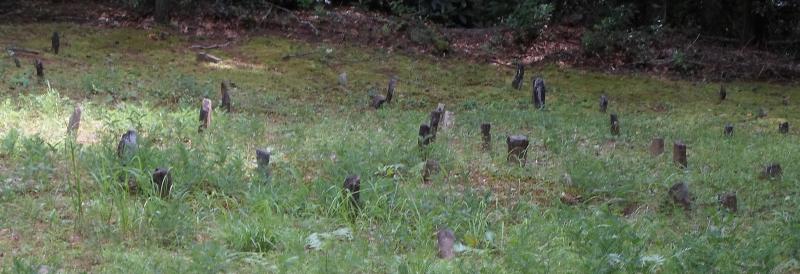
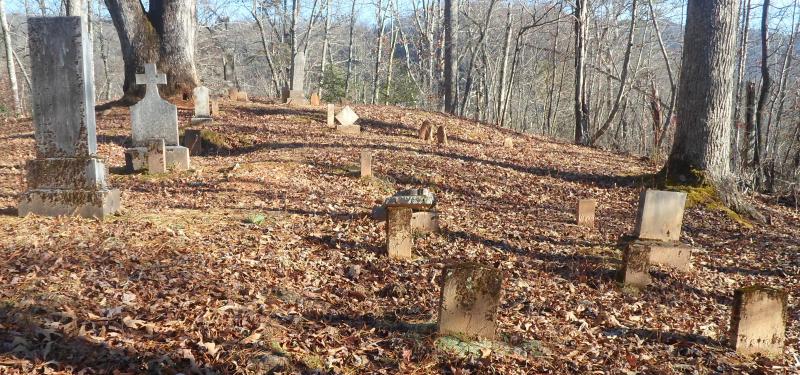
Occasionally we come onto headstones and graves that do not fit the pattern - testament to the variations and variegations of life represented there.
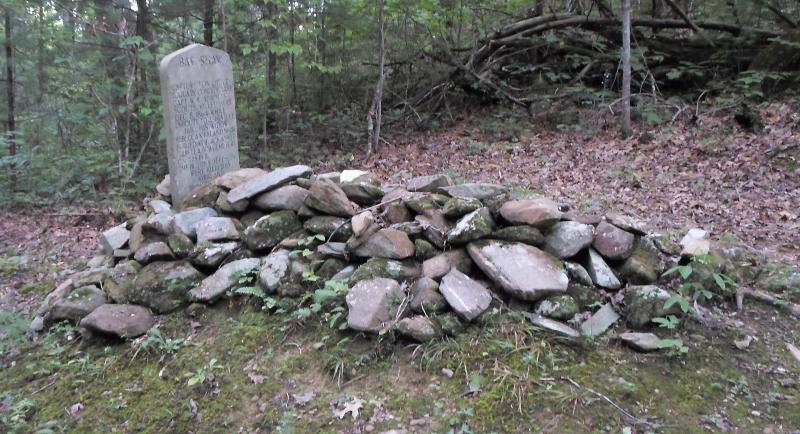
Bas Shaw was a Union Soldier in the American Civil War, captured by John Kirkland's "bushwhackers" and killed by his captors near the end of the war.
To read Bas Shaw's story, visit our "Stories" section: Click Here
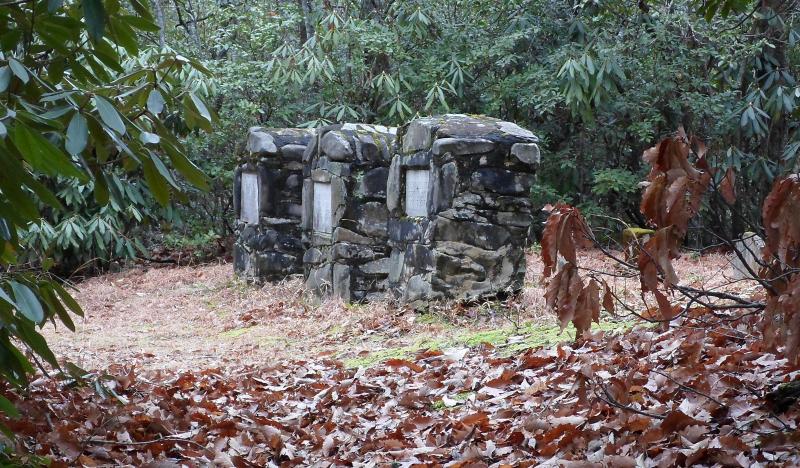
These three monuments, utilizing natural fieldstone, represent a range of ages and dates of death:
A four month old boy dying in 1908
A twenty-one year old lady dying in 1909
A seventy-one year old man dying in 1921
The place is known as Ashley Ogle Cemetery, up Dudley Creek, although none of these three markers bear Ashley's name. There are at least two other graves here, with more typical markers.
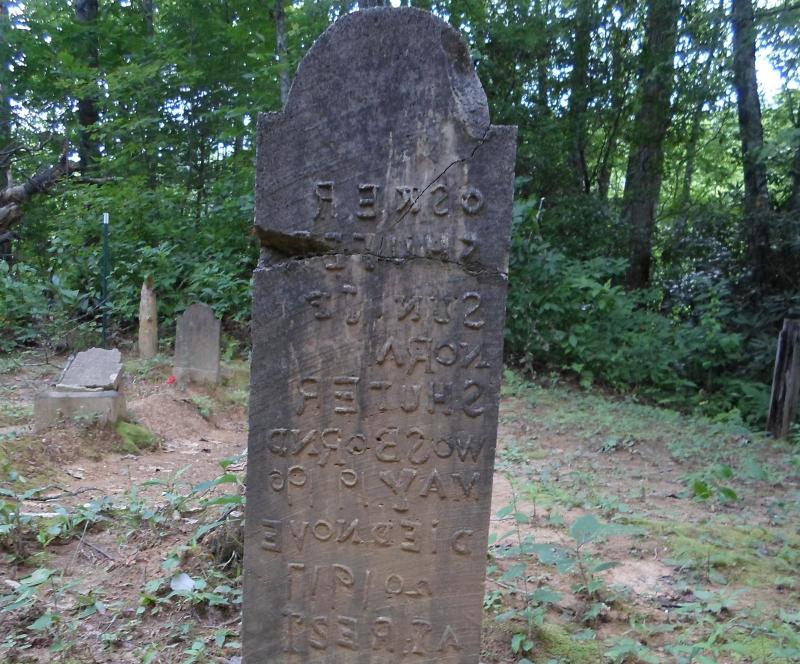
One early way of fabricating a more "modern" headstone, was to carve an inscription into a mold, then pour concrete into this mold. To work correctly, the inscription had to be written into the mold as a mirror image, so the cast concrete would read properly when removed. In the case of this headstone, in Lower Indian Cemetery up Indian Creek above Bryson City, NC, someone didn't realize this detail until it was too late.
To read what it was intended to say, complete with misspellings, we present a reversed image. In a time of limited literacy, "correct" spelling was a relative thing. People wrote the way they talked, and the word "bornd" would have been a word in the common vocabulary, and is a common spelling on many an old headstone.
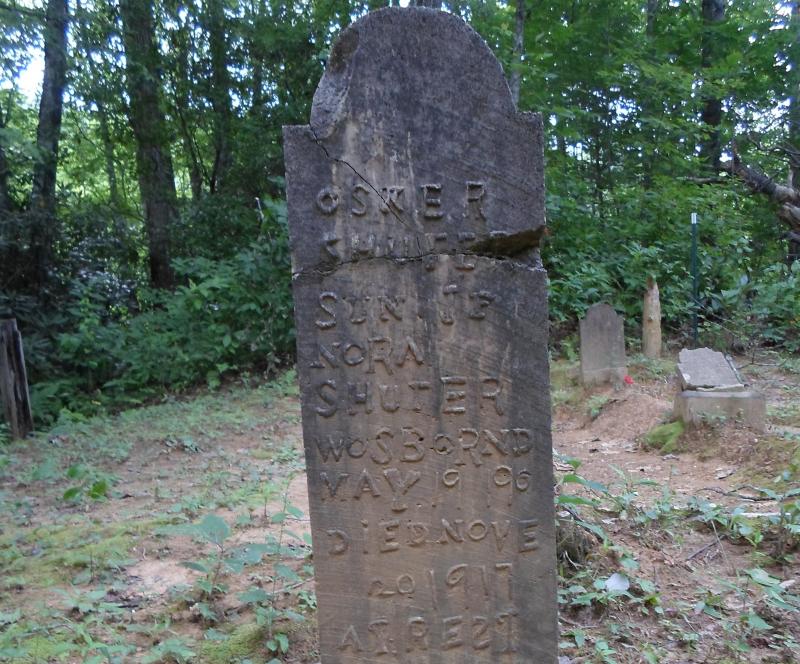
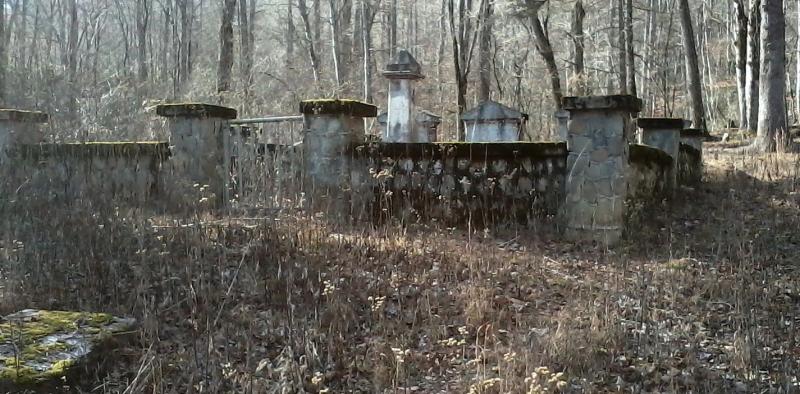
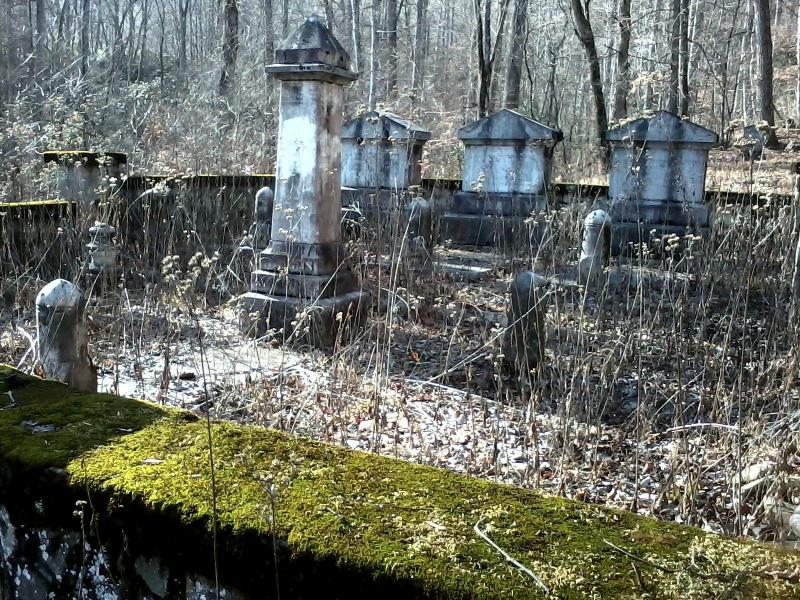
This is about as close to a tomb as you're going to see in the National Park, overlooking Newfound Gap Road north of Mingus Mill. On first impression, this fortress in the middle of the wilderness seems a bit much, bordering on the grandiose or an ostentatious show of affluence. But the epigraphs betray a deep affection. Perhaps what at first seems showy is actually an expression of grief, love and humanity. In a land of bears and panthers and wolves and disease, putting slabs over the graves of your loved ones and building a stone wall around them might feel like protecting them from the wild place where they lay.
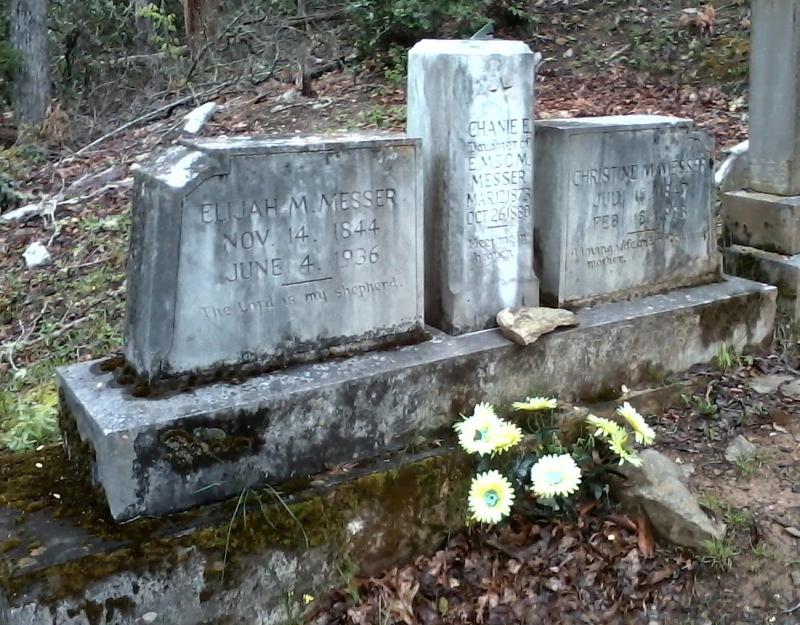
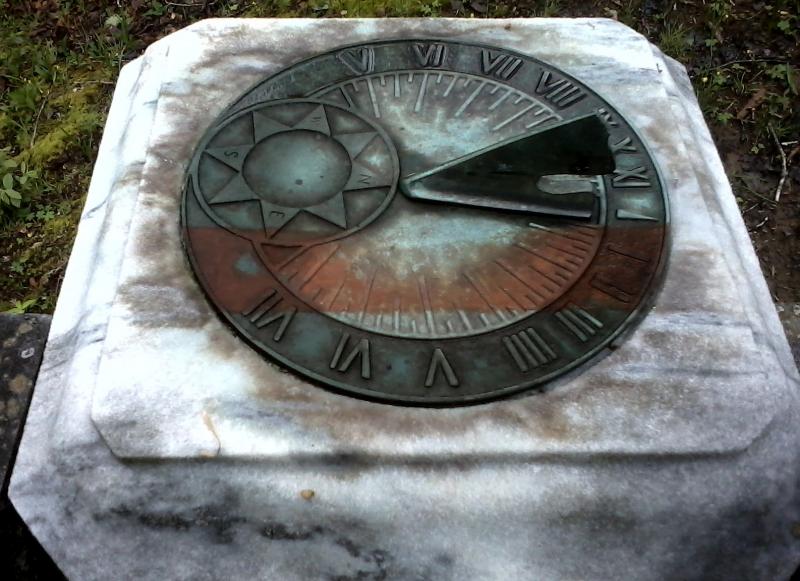
Located in Palmer Chapel Cemetery in the Cataloochee region of the National Park, this sundial crowns the headstone of a seven year old girl. Her parents are interred on either side of her, sharing the same monument.
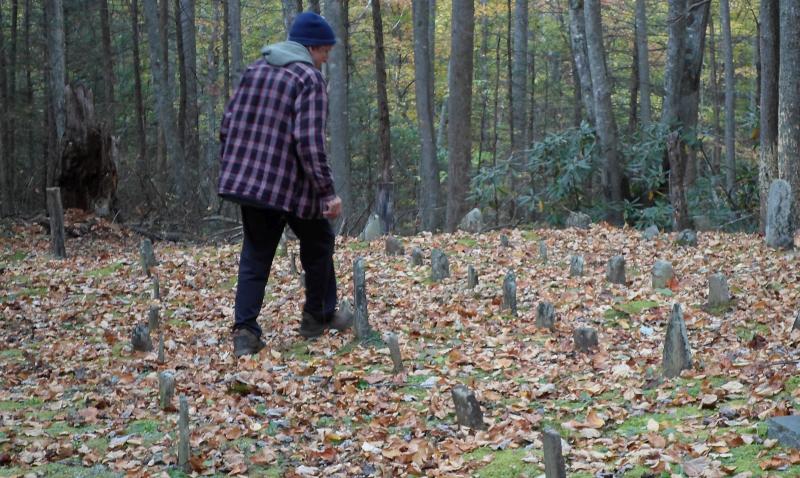
Notice how close the head- and footstones are situated in this old section of Bales Cemetery, suggesting a garden of baby graves. Child and infant mortality was commonplace before the advent of modern medical care. None of the stones have inscriptions to document their ages.
